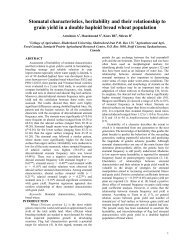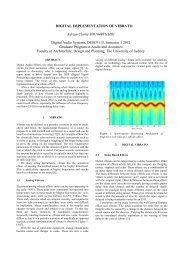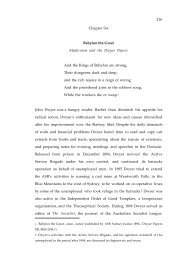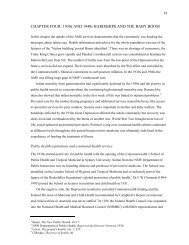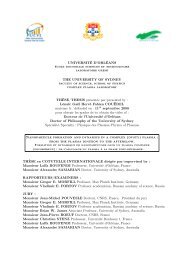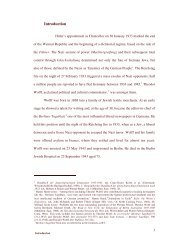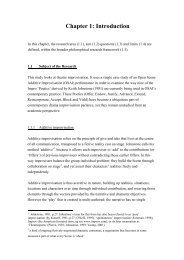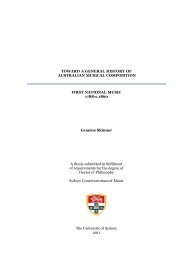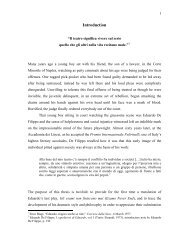journal of digital research & publishing - The Sydney eScholarship ...
journal of digital research & publishing - The Sydney eScholarship ...
journal of digital research & publishing - The Sydney eScholarship ...
You also want an ePaper? Increase the reach of your titles
YUMPU automatically turns print PDFs into web optimized ePapers that Google loves.
1 P M J O U R N A L O F D I G I T A L R ESEARCH & P UBLISHING<br />
“informational, interaction, trust, response time, design (visual) appeal, innovativeness,<br />
emotional appeal, integrated communication, business processes, and substitutability.”<br />
Moreover, culture affects Internet marketing. Online retailing creates real shopping in<br />
the virtual world. Two websites, eBay and Taobao, will be introduced as case studies.<br />
Case study<br />
With the development <strong>of</strong> electronic commerce in China, Taobao became dominant in<br />
Chinese online C2C market, controlled as much as 67 percent <strong>of</strong> the market share in 2005,<br />
compared to eBay’s 29 percent (Zazaian, 2006). According to the 2008 China Online<br />
Shopping Report, in 2007, 70.4 percent <strong>of</strong> online customers choose Taobao, while only 8<br />
percent choose eBay (China IntelliConsulting, 2008).<br />
<strong>The</strong>re are several differences between these two online trading companies. Comparing<br />
these two sites, we can easily get the reason why Taobao owns larger market share than<br />
eBay China in China.<br />
1 Comparison between eBay and Taobao in China Online Market<br />
Web Design<br />
Barber and Badre (2001) presented that website cultural elements are expected to affect<br />
the way a user interacts with the site directly. Gommans, et al. (2001, p. 51) also states that<br />
“A website has to be designed for a targeted customer segment...Local adaptation should<br />
be based on a complete understanding <strong>of</strong> a customer group`s culture”.<br />
According to Chau, et al. (2002, p. 139), “a global interface may only be achievable<br />
G+%"&6+%&$"6%>D35%&8%*$,"&>%C%56*&6+%&5(#6(>3#&"(3"5%*&7D&6+%&63>,%6&3(8$%"5%ma&&l5(#6(>3#&<br />
preferences and biases affect the degree <strong>of</strong> user friendliness <strong>of</strong> an interface such as<br />
background color, graphics, and spatial orientation. Culture differences may moderate<br />
the relationship between the purpose <strong>of</strong> Internet use and consumers` attitudes”. And,<br />
l*$,"$453"6& 078%#& 8$DD%>%"5%*& G%>%& D7("8& $"& %35+& 7D& 6+%& #$*6%8& 536%,7>$%*& 3"8& *(,,%*6&<br />
distinctive design preferences across cultures.” (Cyr, et al., 2005, p. 14). <strong>The</strong>refore, the<br />
quality and quantity <strong>of</strong> information presented in the wed preferences will affect consumer<br />
attitudes and behaviours.<br />
Chau, et al. (2002, p. 139) presented that it is essential to “understand which audiences<br />
we are targeting and what their potential cultural responses may be”. <strong>The</strong>y also presented<br />
6+36&l#753#$K$",&3&,#7)3#&$"6%>D35%m&G7(#8&)%&)%"%45$3#&D7>&6+%&03>H%6$",M&<br />
174






